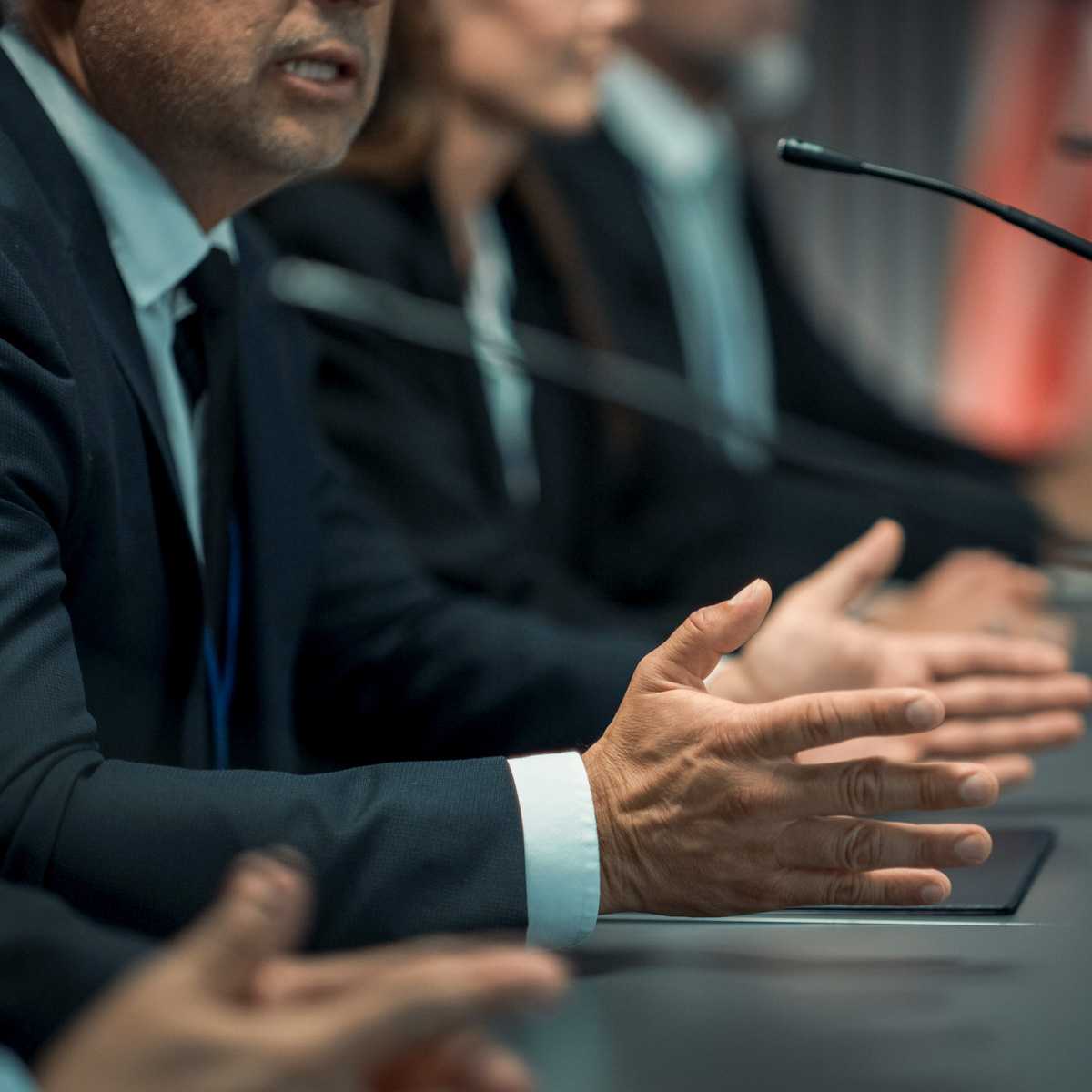

The opening phase of any U.S. presidency sets the tone for global engagement. The return of Donald Trump to the White House, widely referred to as “Trump 2.0”, marks a renewed emphasis on transactional diplomacy, defined by rapid dealmaking, a recalibration of strategic priorities and an evolving interpretation of American interests abroad. For the Middle East and North Africa (MENA), a region with deep historical and strategic ties to Washington, these early signals carry both uncertainty and opportunity.
For decision-makers in MENA, the challenge is to develop a broad spectrum of scenarios that describe what the future may look like, and to tune into broader signals, tracking the shifts that are quietly reshaping markets, alliances and growth trajectories. Recognizing these patterns-not the noise-is when real foresight emerges. With Donald Trump now back in the White House, the imperative for decision-makers in MENA is clear: position themselves to navigate the structural economic changes that may follow.
While certain policy foundations remain consistent, such as U.S. support for Israel and a firm stance on Iran, Trump’s approach diverges from traditional American diplomacy. Trump’s first administration saw the Abraham Accords reshape regional alliances, while key decisions such as the withdrawal from the Iran nuclear deal left long-term ripple effects still felt today. These moves underscored a leadership approach that prizes recalibration over predictability, compelling regional actors to recalibrate their strategies in real time. His second term portrays a similar pattern: to prioritize deal-based engagements, often with a preference for short-term outcomes over enduring strategic frameworks. For regional governments, businesses and institutions, this shift signals the need to reassess how best to position themselves in an increasingly volatile global environment.
Yet to view Trump 2.0 as the defining arc of MENA’s strategic future would be shortsighted. His return to power is a critical chapter, yes—but not the whole story.
Strategic Disruption and Policy Continuity
In March 2025, hopes were briefly raised when Trump’s team successfully brokered a ceasefire between Israel and Palestinian factions. However, the agreement quickly unraveled, underscoring the fragility of current regional dynamics. The renewed cycle of violence in Gaza and the West Bank has prompted both diplomatic recalibration and wider regional concern, especially given the complex humanitarian and political implications.
Simultaneously, the administration’s Iran policy has followed a dual-track approach. A diplomatic letter, reportedly sent via Swiss intermediaries, suggested openness to nuclear talks. Yet this was accompanied by heightened military readiness in the Gulf, including the deployment of B-52 bombers and enhanced missile defense systems. These parallel tracks “engagement and deterrence” signal a cautious recalibration rather than a definitive shift, prompting regional actors to hedge their positions while remaining alert to fast-evolving U.S. moves.
Multilateralism in a Multipolar Era
In response to heightened uncertainty, Arab and Islamic states are intensifying multilateral engagement. The April 2025 Arab-Islamic Ministerial Committee meeting in Antalya brought together voices from across the region alongside China, Russia, and the EU. The summit’s endorsement of a two-state solution and emphasis on international law reflect growing momentum behind collaborative diplomacy.
However, this multilateral push is not purely ideological. It is a strategic hedge. MENA states are increasingly balancing traditional Western alliances with new platforms, including the BRICS bloc. While BRICS still faces internal incoherence, its expansion and economic heft offer MENA countries alternative channels for influence, investment and trade diversification.
Economic Strategy: From Passive Alignment to Proactive Positioning
Trump’s emphasis on bilateralism and trade realignment presents both risks and openings for MENA economies. Tariff-centric negotiations and transactional partnerships may disadvantage smaller economies, but they also empower proactive players to negotiate bespoke arrangements. Gulf states in particular are well-positioned, leveraging sovereign wealth funds and megaprojects to attract capital and technology transfers.
Countries like Egypt, Morocco and Jordan must now move from passive alignment to proactive positioning. This includes investing in regional value chains, forming cross-border digital infrastructure agreements and deepening policy coordination with fast-growing Asian markets. In this landscape, economic resilience is not just about macro-stability; it’s about innovation, agility and adaptability.
The UAE and Saudi Arabia: Case Studies in Strategic Agility
In this evolving landscape, the UAE and Saudi Arabia have demonstrated notable agility. Saudi Arabia’s facilitation of quiet diplomacy in the Russia-Ukraine conflict and the UAE’s mediation in sensitive negotiations illustrate both countries’ growing diplomatic weight.
Both states are also advancing ambitious economic and technological agendas. Their sovereign wealth funds continue to invest in critical infrastructure and emerging technologies, while their leadership in AI, green energy and digital transformation positions them as influential players in shaping the future of global competitiveness.
Private Sector: From Observers to Co-Creators
The shifting geopolitical environment underscores the need for private sector actors in MENA to play a more proactive role. In an era where policy direction can change rapidly, companies must evolve beyond compliance and risk management to become active participants in shaping resilient and forward-looking economic ecosystems.
This includes deeper engagement with public policy, active participation in regional dialogues, alignment with sovereign investment strategies and a sustained commitment to innovation. Businesses are no longer just economic engines—they are essential partners in national development and regional stability. For multinational companies in particular, understanding the regional context is critical. It is no longer enough to operate in these markets; they must also demonstrate value, deliver tangible impact and contribute meaningfully to the growth and resilience of local ecosystems across the region.
Leading Through Resilience
Trump 2.0 may accelerate global unpredictability, but it also creates space for regional leadership. MENA’s future will be shaped by those who anticipate change rather than react to it, by those who invest in agility, diplomacy and strategic foresight.
As traditional alliances shift and global norms evolve, the opportunity for MENA is not just to adapt but to lead. Through inclusive diplomacy, proactive economic positioning and public-private alignment, the region can build a resilient architecture for the decades to come. The new normal demands nothing less.
Related Articles
Benefits of a Centralized Global Government Relations Function
November 21, 2025


